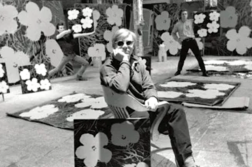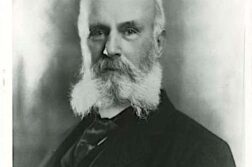Editor’s Note: Like the previous article, this one offers what may seem a surprising perspective from the standpoint of 2012, a time when, as I have remarked, a kind of unshakable consensus has descended upon the GLBT movement around a set of core political issues. Those old enough to remember the 1970’s will recall the bitter “gender wars” that often divided gay men and lesbians in the movement—a contest that still flared up, as in this article, as late as the 1990’s. Here Kamani laments the embrace of what she sees as traditionally “masculine” styles and attitudes by gay men, a trend that only reinforces the rigid gender roles of American society.
When this piece was published in the Summer 1998 issue of the HGLR, Kamani was teaching at Mills College in Oakland, California, and had recently published a book of short stores called Junglee Girl. She currently does development work in the Dominican Republic.






